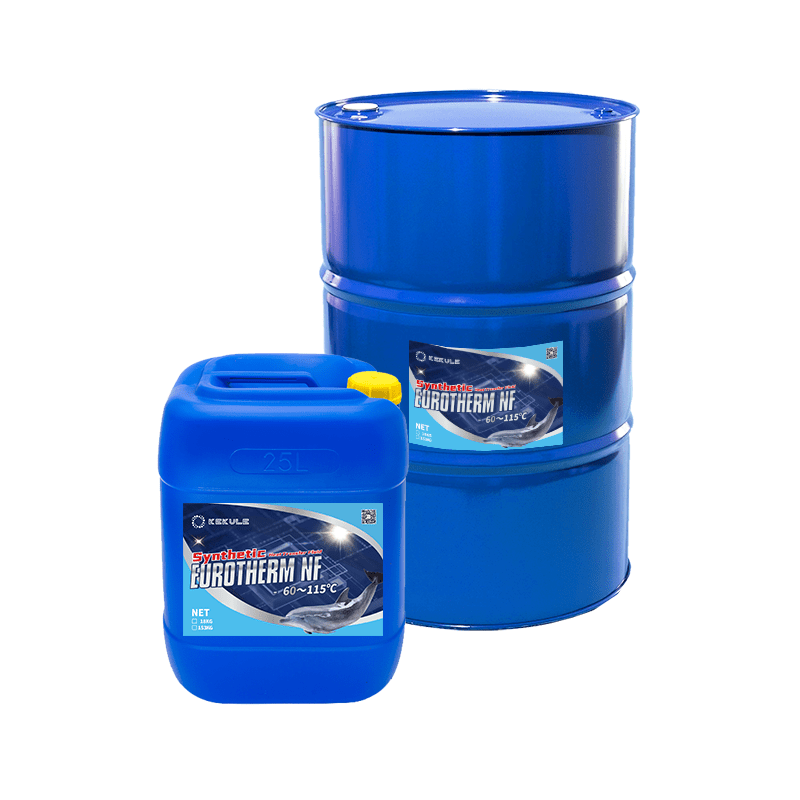Chemie - Truths
Wiki Article
The Ultimate Guide To Chemie
Table of ContentsTop Guidelines Of ChemieChemie for DummiesThe Best Guide To ChemieChemie for DummiesIndicators on Chemie You Should KnowOur Chemie Statements
By Bojanna Shantheyanda, Sreya Dutta, Kevin Coscia and David SchiemerDynalene, Inc. Liquid cooling, which can be attained using indirect or direct methods, is made use of in electronic devices applications having thermal power thickness that might go beyond safe dissipation through air cooling. Indirect fluid cooling is where warmth dissipating electronic parts are physically divided from the liquid coolant, whereas in case of straight cooling, the parts are in straight contact with the coolant.In indirect cooling applications the electric conductivity can be important if there are leakages and/or splilling of the liquids onto the electronic devices. In the indirect cooling applications where water based liquids with rust preventions are generally utilized, the electrical conductivity of the fluid coolant mostly depends on the ion focus in the fluid stream.
The boost in the ion focus in a shut loophole fluid stream might occur because of ion seeping from metals and nonmetal elements that the coolant liquid touches with. During operation, the electric conductivity of the liquid may boost to a degree which could be hazardous for the air conditioning system.
How Chemie can Save You Time, Stress, and Money.
(https://www.openlearning.com/u/betteanderson-spu5uc/)They are grain like polymers that are qualified of trading ions with ions in a solution that it touches with. In the present work, ion leaching examinations were carried out with different metals and polymers in both ultrapure deionized (DI) water, i.e. water which is dealt with to the highest degree of pureness, and reduced electric conductive ethylene glycol/water blend, with the gauged adjustment in conductivity reported with time.
The examples were allowed to equilibrate at space temperature for 2 days before recording the preliminary electric conductivity. In all tests reported in this study liquid electrical conductivity was measured to a precision of 1% utilizing an Oakton CON 510/CON 6 series meter which was calibrated before each measurement.
About Chemie
from the wall surface home heating coils to the facility of the heating system. The PTFE example containers were positioned in the furnace when consistent state temperature levels were reached. The examination arrangement was eliminated from the furnace every 168 hours (7 days), cooled to area temperature level with the electrical conductivity of the fluid determined.The electrical conductivity of the fluid sample was checked for a total of 5000 hours (208 days). Number 2. Schematic of the indirect shut loophole cooling experiment set-up - immersion cooling liquid. Table 1. Parts made use of in the indirect shut loop cooling down experiment that touch with the liquid coolant. A schematic of the experimental arrangement is shown in Number 2.

More About Chemie
During operation the fluid tank temperature level was maintained at 34C. The adjustment in fluid electric conductivity was monitored for 136 hours. The liquid from the system was collected and saved. Closed loop examination with ion exchange resin was carried out with the same cleansing treatments used. The preliminary electric conductivity of the 230ml UP-H2O in the system gauged 1.84 S/cm.
0.1 g of Dowex resin was added to 100g of fluid samples that was absorbed a different container. The mix was stirred and transform in the electrical conductivity at area temperature was gauged every hour. The measured modification in the electric conductivity of the UP-H2O and EG-LC examination fluids including polymer or metal when immersed for 5,000 hours at 80C is revealed Figure 3.
5 Simple Techniques For Chemie
Ion seeping experiment: Measured adjustment in electric conductivity of water and EG-LC coolants including either polymer or metal samples when submersed for 5,000 hours at 80C. The outcomes suggest that steels added fewer ions into the fluids than plastics in both UP-H2O and EG-LC based coolants.Fluids having polypropylene and HDPE showed the most affordable electric conductivity modifications. This can be as a result of the short, rigid, direct chains which are less likely to contribute ions than longer branched chains with weaker intermolecular forces. Silicone likewise carried out well in both test fluids, as polysiloxanes are typically chemically inert as a result of the high bond energy of the silicon-oxygen bond which would certainly stop destruction of the material right into the fluid.
Chemie - Questions
It would certainly be expected that PVC would create similar results to those of PTFE and HDPE based upon the similar chemical frameworks of the materials, nevertheless there might be other contaminations existing in the PVC, such as plasticizers, that might affect the electric conductivity of the liquid - fluorinert. Additionally, chloride groups in PVC can also leach right into the examination liquid and can cause a rise in electric conductivityPolyurethane totally disintegrated into the examination liquid by the end of 5000 hour examination. Prior to and after pictures of steel and polymer samples submersed for 5,000 hours at 80C in the ion leaching experiment.
Measured adjustment in the electric conductivity of UP-H2O coolant as a feature Website of time with and without resin cartridge in the shut indirect air conditioning loophole experiment. The gauged change in electrical conductivity of the UP-H2O for 136 hours with and without ion exchange resin in the loophole is revealed in Number 5.
Report this wiki page